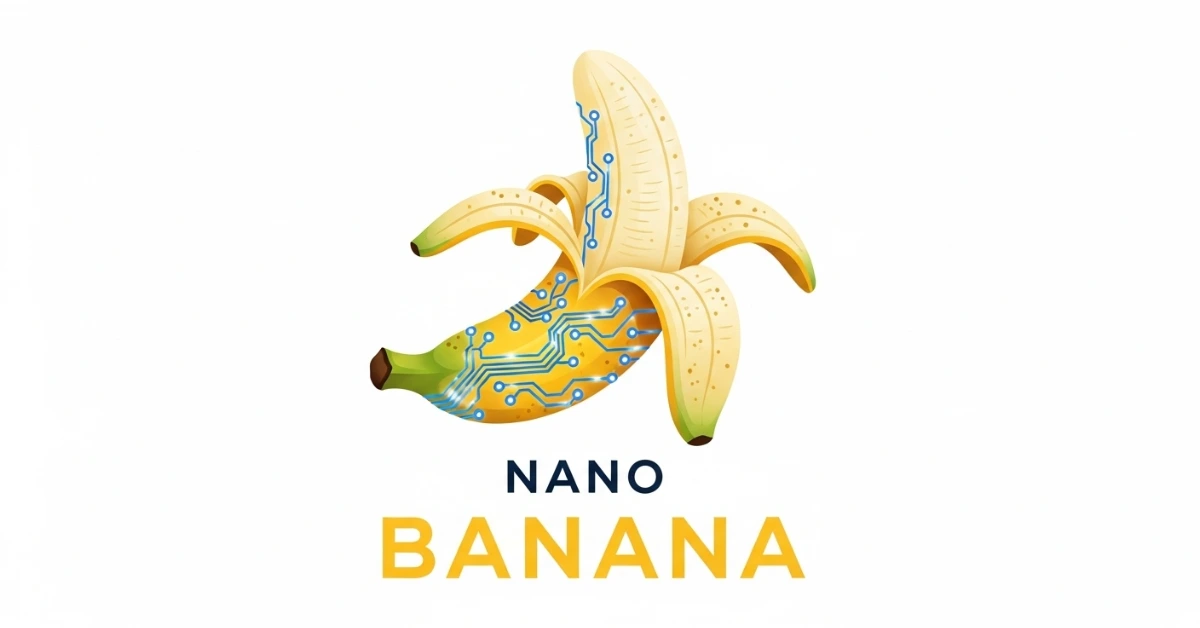THE ALGORITHM DAILY“Your Daily Dose Of AI News.” Top Story: Google Launches Gemini 2.5 Flash Image, Nicknamed ‘Nano-Banana’Google has unveiled Gemini 2.5 Flash Image, also known as “nano-banana,” its newest AI model for image generation and editing. The model is designed to be lightning fast, maintain strong character consistency, and handle targeted edits through natural language prompts. Google says the update makes creating and modifying images more intuitive and efficient.
The new model is available to try for free in the Gemini app and AI Studio, and through the Gemini API at a cost of $0.039 per image. By adding Gemini 2.5 Flash Image to its lineup, Google is aiming to compete more strongly with rivals in the fast-growing AI image generation market while making the technology more accessible to both developers and everyday users. Anthropic Settles Lawsuit Over Using Books to Train AIAnthropic has settled a class action lawsuit brought by authors who accused the company of using their books to train its AI models without permission. The case, known as Bartz v. Anthropic, was under appeal after a lower court partly ruled in Anthropic’s favour, stating that the use of books for AI training constituted fair use. However, because many of the books came from pirated sources, Anthropic still faced possible financial penalties. The terms of the settlement were not disclosed, and Anthropic has not commented publicly. Earlier, the company had described the partial ruling as a victory, arguing that it only used the books to build large language models. The settlement closes one of several high-profile legal battles over copyrighted material being used to train generative AI. Anthropic Launches Claude AI Agent for Chrome in Research PreviewAnthropic has launched a research preview of Claude for Chrome, a browser-based AI agent powered by its Claude models. Rolling out to 1,000 Max plan subscribers ($100–$200/month), the extension lets users chat with Claude in a side window that tracks browser activity. With permission, the agent can also take actions in the browser to complete tasks on behalf of the user. A waitlist is now open for others. The move puts Anthropic in direct competition with Perplexity’s Comet browser, Google’s Gemini Chrome integrations, and OpenAI’s rumoured AI browser. The rise of browser-based AI raises safety concerns. Anthropic warned that malicious websites could exploit agents through hidden instructions, a risk highlighted when Brave’s team flagged a vulnerability in Comet. Anthropic says it has built safeguards, such as blocking high-risk sites by default, reducing prompt injection attack success rates, and asking for permission before actions like publishing or payments. The company hopes this preview will help refine defences as AI-powered browsers become the next major battleground in the tech industry. Protesters Storm Microsoft HQ Over Israel Cloud ContractsProtesters from the “No Azure for Apartheid” group stormed Microsoft’s Redmond headquarters on Monday, occupying President Brad Smith’s office in Building 34 and forcing a temporary lockdown. The group livestreamed the sit-in on Twitch, chanting slogans and holding banners accusing Microsoft of supporting genocide through its cloud contracts with Israel. Police were called after protesters refused to leave, arresting all seven participants on charges including trespassing and obstruction.
Brad Smith later told reporters that only two of the protesters were current Microsoft employees, while one was a former Google worker. He criticised the action as “not necessary” and said it distracted from ongoing internal discussions with employee groups. The protest follows months of unrest over Microsoft’s contracts with Israel, echoing similar actions at Google last year over Project Nimbus, a $1.2 billion deal providing Israel with cloud and AI tools. AI Tool of the DayGoogle AI StudioWhat it does:
AI Word of the DayEpochDefinition: In machine learning, an epoch is one complete pass of the entire training dataset through an AI model. During each epoch, the model updates its internal parameters to reduce errors and improve accuracy. Why it matters: Training a model usually takes multiple epochs, because a single pass isn’t enough for the AI to learn patterns in the data. Too few epochs can cause underfitting (poor learning), while too many can lead to overfitting (memorising the data instead of generalising). Example: If you train a model to recognise cats and dogs using 10,000 images, running those 10,000 images through the model once counts as one epoch. Running them through 50 times would be 50 epochs. Stay tuned as we keep making sense of AI clear, simple, and straight to the point. Catch you in the next edition. Staff Writer, The Algorithm Daily |

Google Launches Nano Banana
Google has unveiled Gemini 2.5 Flash Image, also known as “nano-banana,” its newest AI model for image generation and editing.




